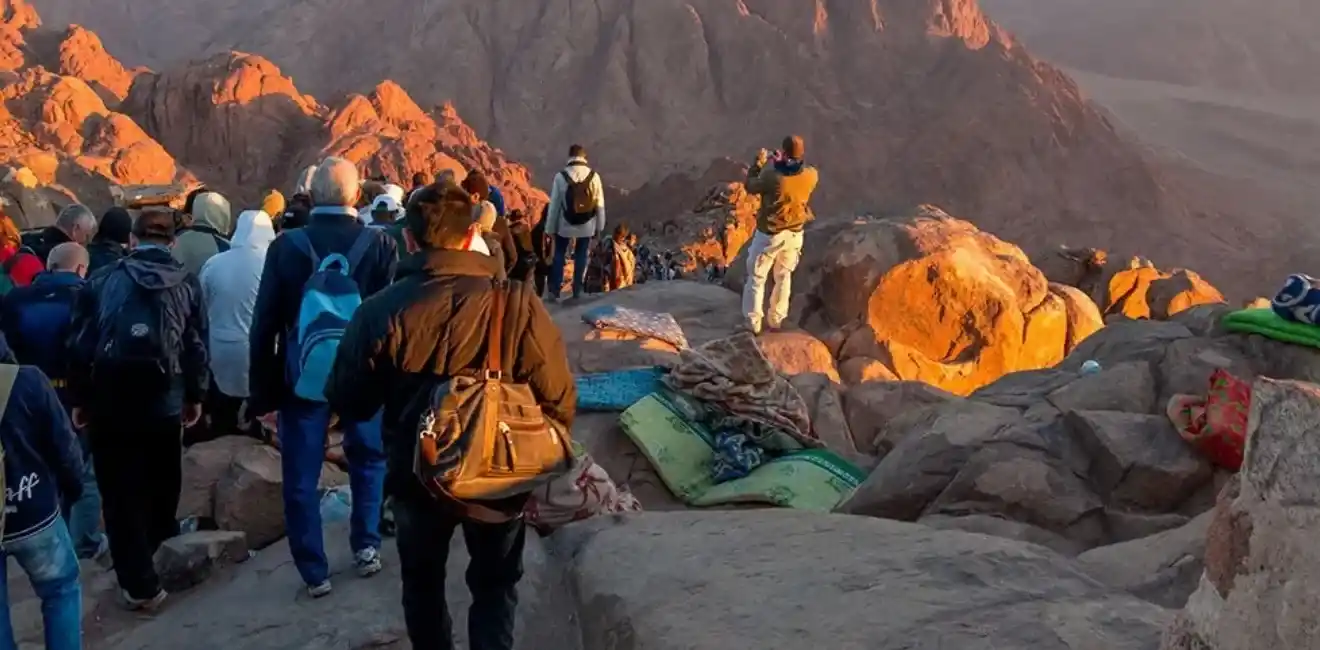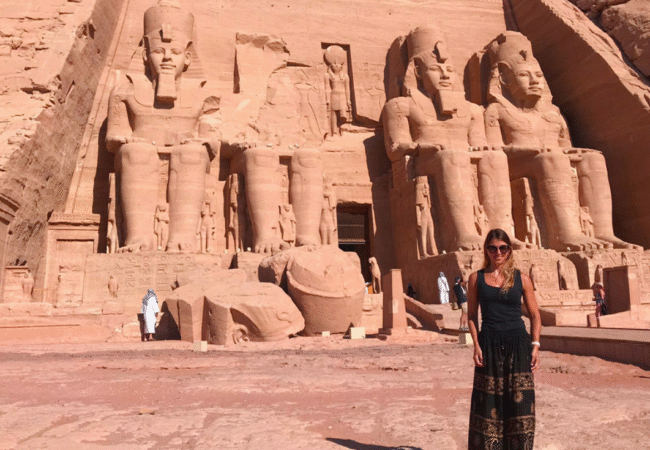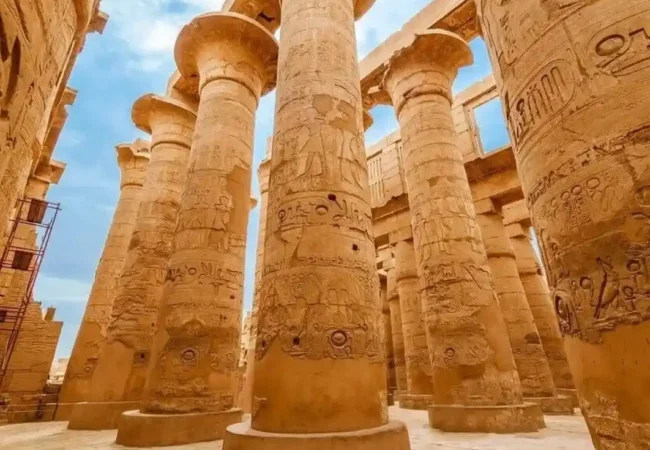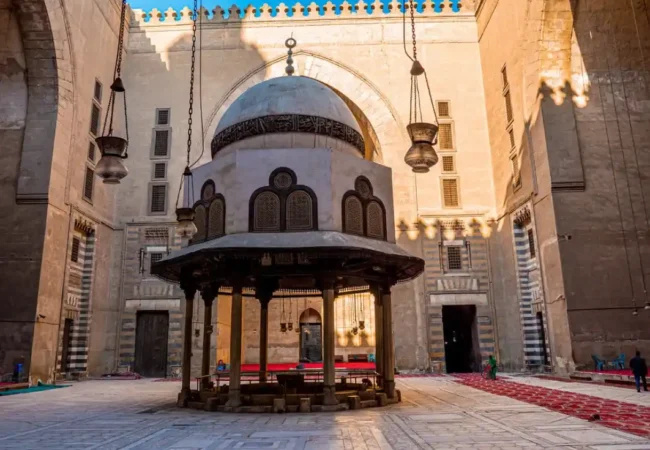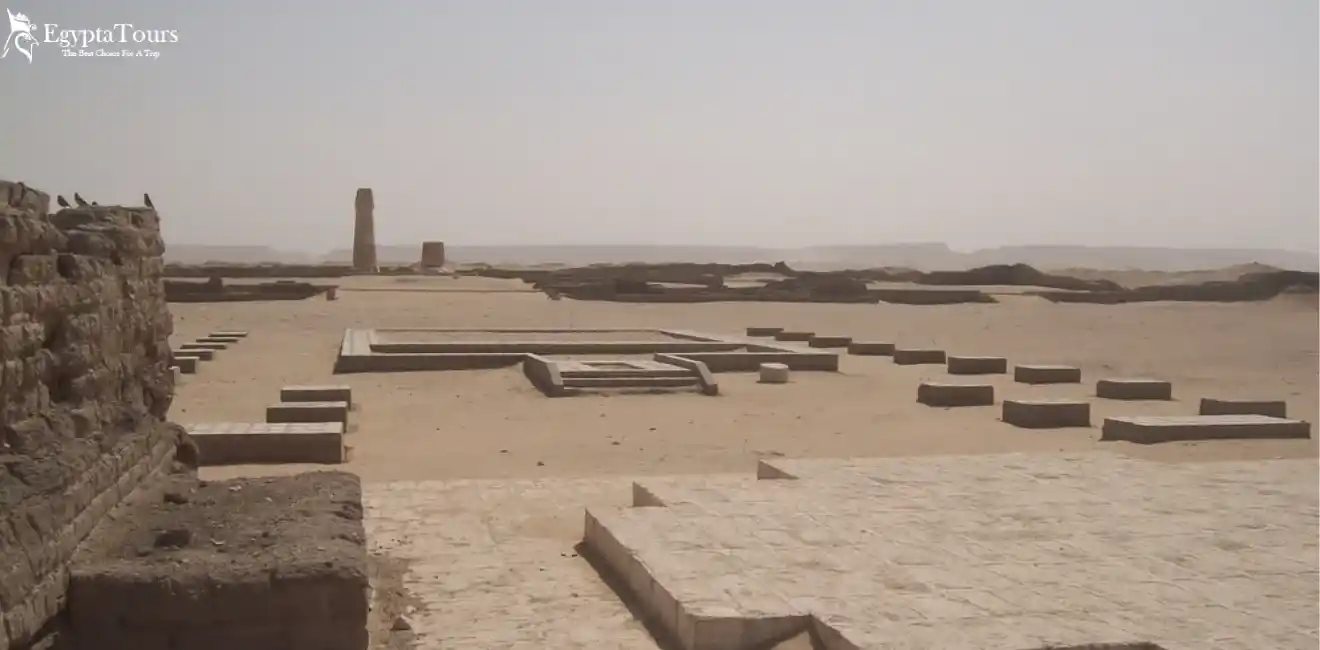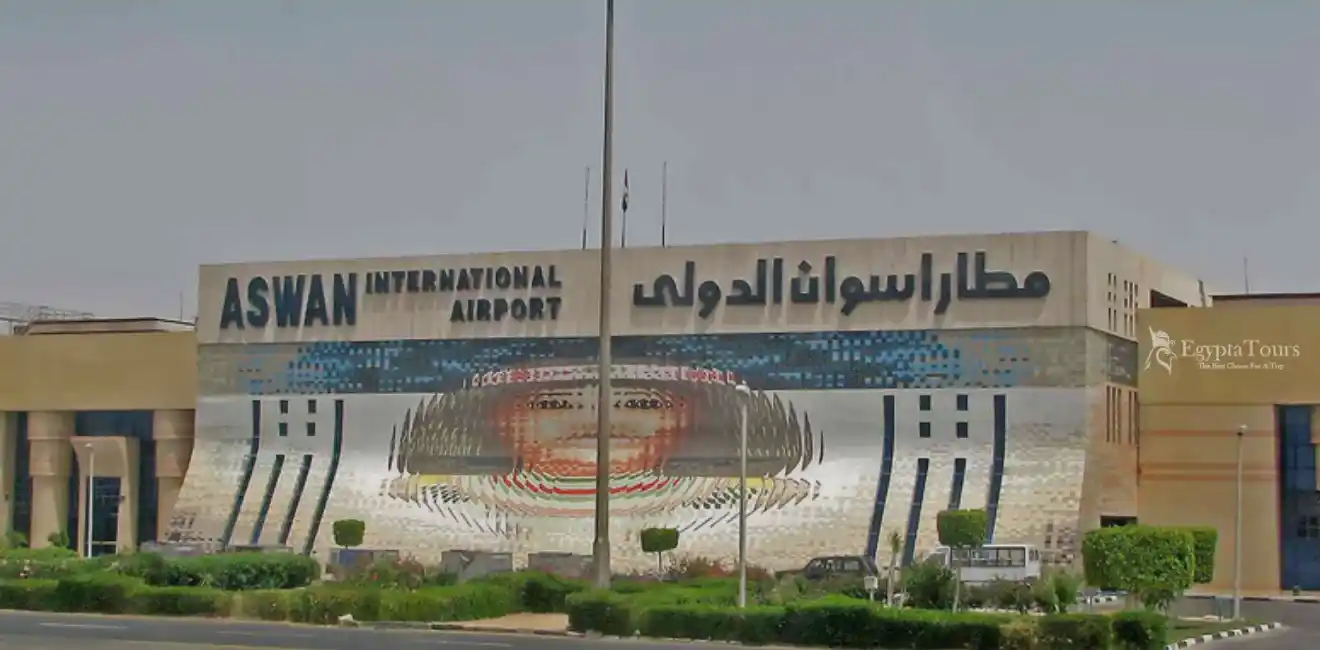
The Magical Rosetta Stone What Did Actually Say?
Egyptian civilization would not have revealed its amazing secrets had it not been for the discovery of the Rosetta Stone in 1799 AD, a discovery that marked a turning point in our understanding of the past.
This stone was the golden key that deciphered the mysteries of the ancient Egyptian language illuminating the path for researchers to decipher the inscriptions engraved on the walls of temples and obelisks.
Had it not been for this great discovery ancient Egyptian history would have remained silent unknown and drowned in the darkness of oblivion without us having a means to understand the civilization that amazed the world.
The Rosetta Stone remained a witness to the glory of a civilization that amazed the world until it was unveiled in 1799 to become the key that deciphered the ancient Egyptian language.
This stone was not just a piece of rock, but an immortal document that carried texts in three different languages: sacred hieroglyphics, demotic, and ancient Greek.
The stone was part of a huge monument or ancient Egyptian temple until events swept it away over time finding its way to one of the military forts in the city of Rashid.
While Napoleon’s French campaign was seeking to establish its presence in Egypt, the French engineer Pierre-François Bouchard was assigned the task of restoring Julian Castle. While he was rearranging the castle’s stones to suit modern French weapons his eyes fell on a piece of black granite.
It was not like any other ordinary stones, but rather bore mysterious inscriptions in three different languages.
Finding the Rosetta Stone was not just a passing coincidence, but rather a watershed moment in Egyptology as this discovery was like a magical window that opened the doors to the past and enabled scientists to unlock the secrets of the language of the ancient Egyptians raising the curtain on an immortal civilization that had always remained a mysterious mystery.
Rosetta Stone Inscription
In 196 BC a royal decree was issued in the city of Memphis carrying between its lines a message of thanks from the priests to King Ptolemy V in appreciation of his decision to reduce taxes on them. However this decree was not just an ordinary historical document, but rather the key that revealed the secrets of the ancient Egyptian language after it had remained an incomprehensible mystery for centuries.
The decree was written in three different languages each of which indicated a certain class of Egyptian society at that time.
The hieroglyphic language was the language of religious rituals used in temples and sacred writings while Demotic was the language of the Egyptians in their daily lives, and ancient Greek was the language of government as Egypt was then under the control of the Ptolemies of the Greek dynasty.
When the stone was found in 1799, it was nothing more than an artifact bearing mysterious symbols until the French scientist Jean-François Champollion came along, who was able to decipher the ancient Egyptian script by comparing the Greek text with the Egyptian texts.
This scientific achievement was a major turning point in Egyptology as it revived a language that had been lost over time, and unveiled details of the Egyptian civilization that had remained unknown for centuries.
Who deciphered the symbols written on the Rosetta Stone?
After many years of research and scrutiny of the mysterious symbols, the French scientist Jean-François Champollion was able to decipher the stone in 1822 in an unprecedented scientific achievement.
This discovery would not have happened without his knowledge of the Coptic language which he learned from the Egyptian Youhanna al-Shiftshi which enabled him to link the hieroglyphic symbols to the ancient Egyptian pronunciation.
This moment was a scientific thing that revived the language of the pharaohs, and opened the door for scientists to discover the secrets of the Egyptian civilization that had remained hidden for centuries behind the symbols engraved on the walls of temples and obelisks.
Where is the stone?
After the surrender of the French campaign, the Rosetta Stone fell into the hands of the British to be transferred to London where it became one of the greatest archaeological treasures preserved outside Egypt. In 1802, it was officially displayed in the British Museum becoming the most attractive artifact for visitors for more than two centuries.
The reason for naming it this name
The name of the Rosetta Stone was not a coincidence, but rather came in connection with the site where it was discovered.
It was found in the city of Rashid that historic city located at the mouth of one of the branches of the Nile River where it meets the waters of the Mediterranean Sea.
The stone bore the name of the city to immortalize the memory of this great discovery which became the key to deciphering the symbols of ancient Egyptian civilization and changed the course of Egyptology forever.
How the hieroglyphics were deciphered
The decipherment of hieroglyphics was not a momentary achievement, but rather the result of efforts that extended over centuries initiated by scholars and thinkers who preceded Champollion by centuries among them the researcher Dhu al-Nun al-Misri, the Sufi who lived in Akhmim in Upper Egypt in the ninth century AD at a time when Coptic was still used among the population as a direct extension of the ancient Egyptian language.
When Jean-François Champollion came centuries later he would not have been able to decipher the hieroglyphics had it not been for his knowledge of the Coptic language which had completely disappeared from daily life and no trace of it remained except in the liturgies of the Egyptian church.
The British scholar Thomas Young also paved the way for this great discovery when he discovered that ancient Egyptian writing carried phonetic connotations, and that royal names were written inside cartouches which gave Champollion the first key to solving the mystery.
In 1822 Champollion succeeded in cracking the code of the stone after realizing that the accompanying Greek text which includes 54 lines, could be a gateway to understanding the names of the Ptolemaic rulers mentioned in the Egyptian text.
This discovery was a turning point as it brought life back to the ancient Egyptian language after centuries of obscurity, and opened the door to studying the sciences of the Pharaohs and translating their secrets buried in temples and obelisks.
Where is the original copy of the stone?
The original copy of the Rosetta Stone is still far from its homeland held inside the British Museum, amid renewed controversy over Egypt’s right to recover it especially with the passage of 200 years since its decipherment.
The discovery of this great artifact dates back to July 1799.
When a French campaign officer found it in the city of Rosetta, it was Part of a huge stone slab, but it was not intact, but was found broken and incomplete, and although this discovery was the key to solving the mysteries of the ancient Egyptian language, the stone itself became a hostage to European museums.
Specifications of the Rosetta Stone
The Rosetta Stone is one of the most important archaeological discoveries that changed the course of history as it reaches a height of 113 cm a width of 75 cm, and a thickness of 27.5 cm.
This unique stone carries among its inscriptions three ancient languages: hieroglyphics the language of the priests and sacred texts, demotic, which was the popular language at the time, and ancient Greek the language of the Ptolemaic rulers.
These writings were carefully carved on the stone during the reign of King Ptolemy V to serve as an immortal official document, but it later turned into a key to unlocking the mysteries of the ancient Egyptian language which helped the world uncover the secrets of one of the greatest civilizations known to history.
Why were hieroglyphics used in writing?
The choice of the three languages engraved on the stone was not random, but rather a decision aimed at conveying the royal message to all segments of society.
Hieroglyphics remained the language of religious rituals and priests while Demotic was the daily language spoken by ordinary Egyptians while Greek represented the language of authority and rule during the Ptolemaic era. Therefore the inscription in these three languages came together to ensure that everyone could understand it whether a ruler a priest, or an ordinary citizen.
FAQs
What did Britain steal from Egypt?
The Rosetta Stone.
What are the consequences of the discovery of the Rosetta Stone?
Learn the hieroglyphic language.
What are the languages written on the Rosetta Stone?
Hieroglyphics, Demotic, Greek.
The Rosetta Stone was not just an artifact, but the key to decoding an entire civilization giving the world an unprecedented opportunity to understand the secrets of the ancient Egyptians.
While the stone is still locked in the British Museum there are renewed calls for its return to its original homeland to return as a witness to the genius of our ancestors and the greatness of their history which continues to amaze humanity to this day.

